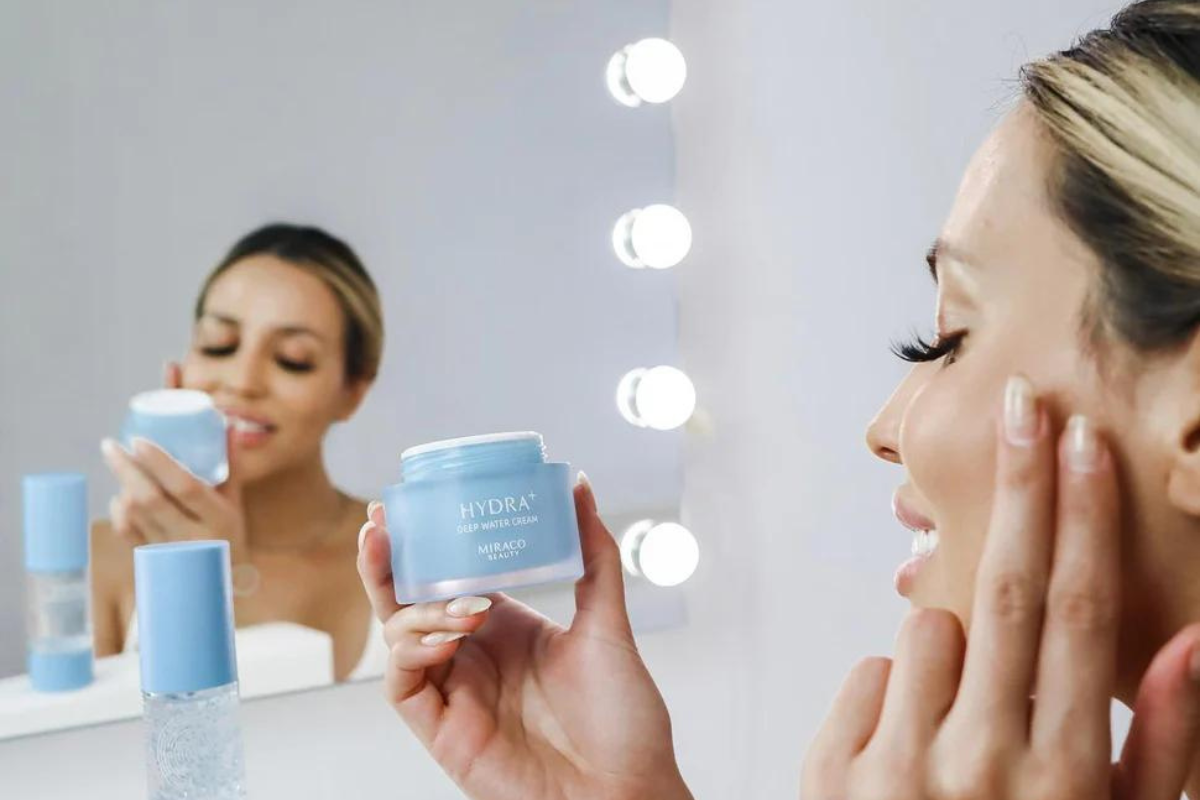
Have you ever taken a bite out of an apple and wondered why some parts turned brown after a couple minutes? This phenomenon, known as oxidation, is a result of the presence of free radicals. Interestingly, similar to the way free radicals affect an apple's appearance, they can also impact the health and vitality of your skin over time.
What is a Free Radical?
The human body produces reactive and unstable molecules known as free-radicals, but they can also be produced due to exposure to chemicals and pollutants in the environment. This instability prompts them to steal electrons from other molecules in an attempt to achieve balance, causing a chain reaction of oxidative stress. While some level of oxidative stress is a natural part of bodily processes, excessive and uncontrolled levels can be detrimental to various biological systems, including the skin.
Where do Free Radicals Come From?
Free radicals can originate from both external and internal sources. External sources include exposure to environmental pollutants, such as air pollution, cigarette smoke, and ultraviolet (UV) radiation from the sun. These factors can trigger the production of free radicals in the skin cells, leading to oxidative stress. Additionally, internal factors like metabolism, inflammation, and even certain medications can contribute to the generation of free radicals within the body.
Free Radicals and UV Exposure
When your skin is exposed to ultraviolet (UV) radiation from the sun, it can trigger the production of free radicals within your skin cells. UV rays have enough energy to break apart molecules, creating highly reactive free radicals. 80% of free radical formation is caused by UV radiation. This oxidative stress damages the DNA, proteins, and lipids in your skin cells, leading to photoaging, wrinkles, and an increased risk of skin cancer. That’s why it’s important to always wear sun protection!
Smoking and Pollution
Cigarette smoke and environmental pollutants are potent sources of free radicals that can have a detrimental impact on your skin. When you smoke, your body is exposed to a variety of harmful chemicals (carcinogens and toxins) that generate free radicals. Inhaled smoke is thought to be partly responsible for making smokers sick. Additionally, pollutants in the air, such as those found in urban environments, industrial areas, and even indoors, can contribute to the formation of free radicals on your skin. Indoor pollutants include dust, household cleaners, and pesticides. These free radicals accelerate the breakdown of collagen and elastin, causing skin to lose its elasticity and firmness. They can also exacerbate inflammation, leading to skin conditions like acne and eczema. Protecting your skin from these sources of free radicals is essential for maintaining its health and vitality.

Do Free Radicals Damage the Skin?
Your skin, being the body's largest organ and first line of defense, is particularly vulnerable to oxidative stress caused by free radicals. When the skin is continuously exposed to pollutants, UV radiation, and other environmental stressors, it becomes prone to premature aging, dullness, dryness, and a loss of firmness and elasticity. If free radicals manage to attract healthy skin cells, it also leaves skin sagging, dryness, age spots, and hyperpigmentation.
How to Reduce Free Radicals in the Body and Skin
You know how we always talk about protecting the skin barrier? Well, that’s exactly what it’s for - to keep outside elements such as bacteria, viruses, and environmental stressors away from our barrier; we’re naturally prepared to fight against pollution. However, lifestyle adjustments are necessary for proper protection.
Living a Healthy Lifestyle
- Don’t smoke.
- Limit your alcohol and processed food intake.
- Limit your time in the sun (and properly use sunscreen).
- Manage your stress.
- Get plenty of exercise and sleep.
- Drink plenty of water.
- Introduce your diet to antioxidant-rich foods such as greens, citruses, beans, nuts, and fish.
Introducing Antioxidants into your Skin Routine
Although these pollutants are smaller than meets the eye, they’re detrimental to our skin. It’s important to have a consistent skin routine that regularly cleanses, tones, exfoliates, and moisturizes. The first step to a proper skin routine is understanding your skin type. What works for a friend or family member, may not work for you! We are each unique in our skin needs, so be sure to check out this blog to figure out your skin type first. Other than incorporating a well-balanced diet and routine, it’s important to introduce your skin to ingredients such as:
- Ubiquinone
- Licorice Root Extract
- Plant Stem Cells
- Chamomile
- Aloe
- Vitamin C
- Vitamin A
- Niacinamide
- Vitamin E
- Green Tea
Which MIRACO Beauty Products Contain Antioxidants?
Inspired by the seamless fusion of nature, science, and biotechnology, we create skincare solutions that harness the power of these elements. We explore botanical extracts and antioxidants that have stood the test of time, featured in every single product.
Shop by skin type here:

Comments (0)
Back to MIRACO BEAUTY BLOG